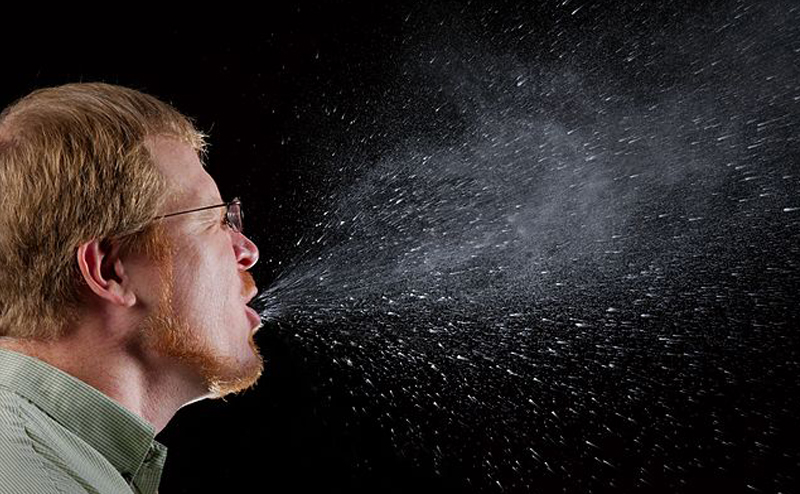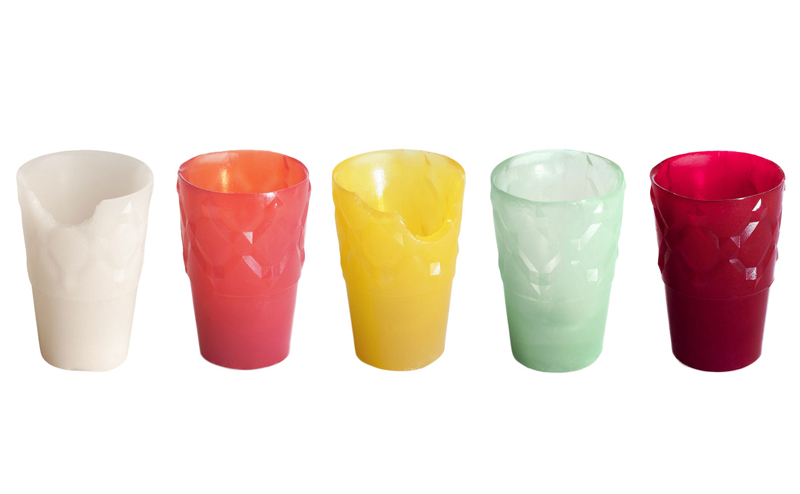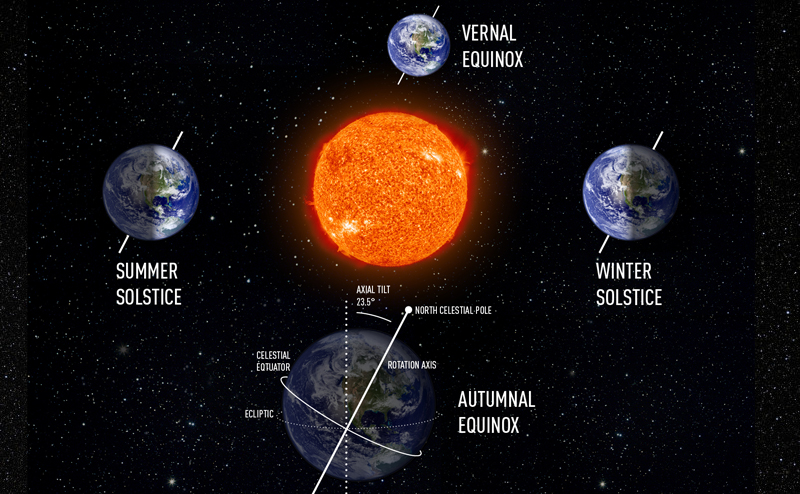Articles
Seven days; lots of science in the news. Here’s our roundup of some of the most quotable items: The Curiosity rover spotted a strange light on Mars, but scientists say it’s not a Martian bonfire. Instead, they attribute the glare to either cosmic rays or a shiny rock. Stanford medical students are studying the hands of Rodin statues to learn about rare deformities. Caviar farmers are trying out a new cruelty-free method of extracting sturgeon roe that, instead of killing the fish, involves a combination of protein treatment and bellyrubs. Fox News covered climate science 50 times in 2013; 72 percent of the time the coverage contained misleading statements. This is an improvement over 2012, when 93 percent of the network’s climate science coverage was misleading. Alcohol makes female prairie voles in monogamous relationships more attached to their partners, while getting drunk made paired-off males more interested in finding new lovers; researchers believe alcohol promotes anxiety in females and decreases anxiety in males. Scientists regenerated an aging organ – the thymus, an immune system gland – inside a living animal – a mouse – for the first time. Next week brings the first in a quartet of lunar eclipses sometimes …
Read MoreAfter flying a plane across the United States last summer using nothing but the sun for power, Swiss pilots Andre Borschberg and Bertrand Piccard have their eye on the whole enchilada. On Wednesday, April 9 they unveiled a solar-powered aircraft they believe will help them circumnavigate the globe in 2015.
Read MoreIf you haven’t already gotten your tickets to the World Science Festival Gala (just days away!), perhaps another peek at our dessert menu will sweeten the deal. In addition to edible cups, guests will also have the chance to taste Kyl21, a futuristic vegan popsicle that comes in shapes that look like cyberpunk gemstones. David Marx, the founder and CEO of Kyl21 maker The Science Kitchen, a Berlin-based food laboratory, says he started dreaming of creating a new kind of icy treat five years ago. “I had this vision of the ice of the future… I wanted this ice to become beautiful, healthy, functional,” Marx told us. “I always thought of sci-fi movies: ‘Gattaca,’ ‘Minority Report.’ I said to myself, ‘what would a popsicle in the future look like?’” The product’s name comes from “molekyl,” the Norwegian word for molecule, and 21, the intended minimum age for the popsicles (several flavors include alcoholic ingredients). For Marx to get the precise lines and clear facets for his ice of the future, he had to rethink the popsicle from scratch. Ordinary popsicle recipes wouldn’t do, nor would the ordinary production process other companies use, where popsicles are soaked in a mixture of …
Read MoreAttendees at the 2014 World Science Festival Gala will not only be supporting our education programs, they’ll get the chance to enjoy innovative foods inspired by science. One item on our dessert menu: a cup! More specifically, we’ll be serving edible cups called Loliware, made by the design mavens at The Way We See The World. Though the idea of an edible cup might sound a bit silly, it’s a small step in the right direction for the environment. A lot of the disposable cups we use – be they Styrofoam, plastic or yes, even paper – will be sitting around in landfills for decades to come. Styrofoam and most kinds of plastic are non-biodegradable materials; the microorganisms that break down (biodegrade) things like food waste haven’t evolved to cleave the kinds of chemical bonds that hold their molecules together. Even cups made with biodegradable materials like paper are no guarantee of sustainability. Many modern landfills are deliberately packed tightly to prevent biodegradation. This is to minimize the amount of water pollution and gas emissions that are given off by the bacterial breakdown of trash. So why not skip the landfill altogether? Loliware started with a Jell-O mold contest. TWWSTW’s …
Read MoreUpdate: As of October 1, 2014, the West African Ebola outbreak has spread to at least five countries, with 6,574 cases—3,626 confirmed by laboratory tests—and 3,091 deaths. The first case diagnosed in the U.S., a person that traveled from West Africa to Dallas, Texas, was announced on September 30. An Ebola virus disease outbreak centered on the West African country of Guinea has claimed more than 80 lives so far. You may have some questions about just how serious this disease is (very), what specific treatments are available (none) and how likely it is to get to your area (not very, unless you live in one of the countries bordering Guinea). Here’s a primer: What Is Ebola? Ebola virus disease, also known as Ebola hemorrhagic fever, can be caused by any one of four species of virus belonging to the genus Ebolavirus: Ebola virus (EBOV); Bundibugyo virus (BDBV); Sudan virus (SUDV); and Tai Forest virus (TAFV). The disease and virus gets its name from the Ebola River, which flows near the village of Yambuku in the Democratic Republic of the Congo, the site of one of the first outbreaks of the virus in 1976, along with Nzara, a town in what …
Read MoreWhether the weather in your area’s cooperating or not, Thursday, Mar 20 marks the official first day of spring. This is the spring equinox (Latin for “equal night,” although many places will not see equal days and nights on the actual date of the equinox, thanks to the curvature of the Earth), the official changeover from winter to spring. Because the Earth is tilted on its axis (by 23.4 degrees) relative to the plane of its revolution around the sun, the northern and southern hemispheres of the planet are exposed to a shifting ratio of sunlight over the course of the year. Except for twice a year: at the spring and fall equinoxes. At each equinox, the Earth is positioned such that its southern and northern hemispheres are equally illuminated by the sun. After Thursday, more and more of the Northern Hemisphere will be exposed to the sun, lengthening northern days (and shortening nights south of the Equator), leading to the next seasonal boundary – the summer solstice (on Saturday, June 21 this year), when the North Pole will be most inclined toward the sun and the southern hemisphere will experience winter. One strange side effect of the equinox is …
Read More















